Introduction:
Beef tripe, often overlooked by many but cherished by food enthusiasts, is a nutritious and versatile ingredient in various cuisines worldwide. It’s derived from the stomach lining of cows and, when prepared correctly, can offer a delightful texture and rich flavor. However, selecting and cleaning beef tripe can be daunting for those unfamiliar with the process. This comprehensive guide aims to demystify the art of choosing high-quality beef tripe and provides step-by-step instructions for cleaning it thoroughly, ensuring it’s ready for your favorite recipes.
Section 1: Understanding Beef Tripe
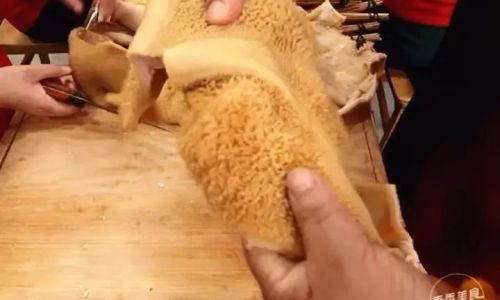
Before diving into selection and cleaning, it’s essential to understand what beef tripe entails. Beef tripe comes in various types, primarily categorized by the cow’s stomach compartment it originates from: rumen, reticulum, omasum, and abomasum. Each type has distinct textures and flavors, with the rumen being the most common and widely used due to its thicker, more durable texture suitable for long cooking times.
Section 2: Selecting High-Quality Beef Tripe
Choosing the right beef tripe is crucial for a successful dish. Here are some key factors to consider:
1 Source and Freshness
- Reputable Vendor: Purchase beef tripe from trusted butcher shops, grocery stores, or online retailers known for their high-quality meat products.
- Freshness Check: Look for tripe that has a fresh, slightly sweet smell. Avoid any that has a strong, unpleasant odor, which could indicate spoilage.
- Color: Fresh beef tripe should have a creamy white to light brown hue. Discoloration or dark spots can be signs of aging or improper handling.
2 Texture and Appearance
- Thickness: Rumen tripe, being the thickest, is ideal for slow-cooking methods like stews and soups. Thinner varieties like abomasum might be better suited for quicker cooking methods.
- Elasticity: Good-quality tripe should have a slight elasticity when touched. It should not feel overly slimy or dry.
- Cleanliness: Examine the surface for any remnants of feed or dirt. While some cleaning is expected, excessively dirty tripe might indicate poor initial handling.
3 Label and Packaging
- Date Labels: Check for packaging dates to ensure the product is within its freshness window.
- Ingredients and Additives: Opt for plain, unseasoned tripe to avoid unnecessary ingredients that might affect its taste in your final dish.
Section 3: Cleaning Beef Tripe – A Step-by-Step Guide
Cleaning beef tripe is a multi-step process that requires patience and attention to detail. Here’s how to do it effectively:
1 Initial Rinse
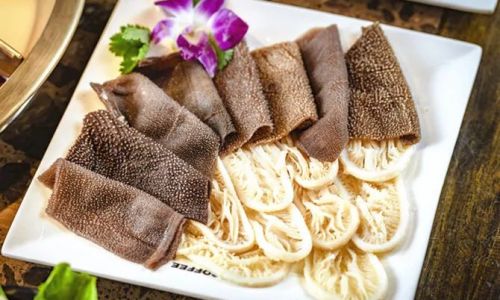
- Begin by rinsing the tripe under cold running water to remove any loose dirt or debris.
- Pat it dry with paper towels or a clean cloth.
2 Soaking
- Fill a large bowl or pot with cold water and add a generous amount of vinegar or lemon juice (about 1/4 to 1/2 cup per gallon of water). The acidity helps break down fats and loosen impurities.
- Submerge the tripe completely in the solution and let it soak for at least 30 minutes to an hour. For particularly tough or dirty tripe, you might need to soak it overnight, changing the water and acid solution every few hours.
3 Scrubbing
- Remove the tripe from the soaking solution and rinse it thoroughly under cold water.
- Use a stiff brush (like a vegetable brush) to scrub both sides of the tripe gently but firmly. Pay special attention to any folds or creases where debris might get trapped.
- Rinse again thoroughly to wash away any scrubbing residue.
4 Blanching
- Bring a large pot of water to a rolling boil.
- Add the cleaned tripe to the boiling water and let it cook for about 2-3 minutes. This step further removes impurities and tightens the texture.
- Remove the tripe from the boiling water using a slotted spoon and immediately plunge it into ice water to stop the cooking process. This helps maintain its texture and firmness.
5 Final Rinse and Inspection
- Once cooled, remove the tripe from the ice water and give it a final rinse under cold water.
- Inspect it carefully one more time to ensure all impurities have been removed. Cut away any discolored or damaged areas if necessary.
Section 4: Preparing Beef Tripe for Cooking
Now that your beef tripe is clean, it’s ready for cooking. Depending on your recipe, you might need to cut it into strips, squares, or other shapes. Remember, beef tripe requires longer cooking times to tenderize fully, so methods like slow cooking, braising, or stewing are ideal. Seasoning and spices can enhance its flavor, making it a delightful addition to your meals.
Conclusion:
Selecting and cleaning beef tripe might seem like a labor-intensive task, but with the right knowledge and techniques, it becomes a manageable and rewarding process. By following this comprehensive guide, you can ensure your beef tripe is not only clean and safe to eat but also ready to transform into a delicious culinary masterpiece. Whether you’re making a hearty stew, a flavorful soup, or an exotic international dish, high-quality, well-cleaned beef tripe will elevate your meal to new heights. Happy cooking!

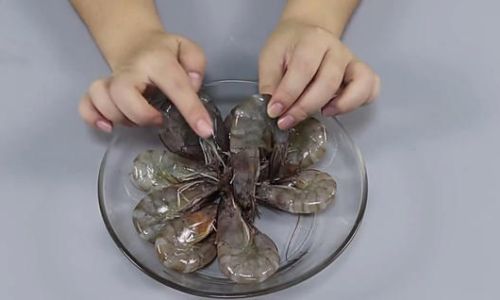
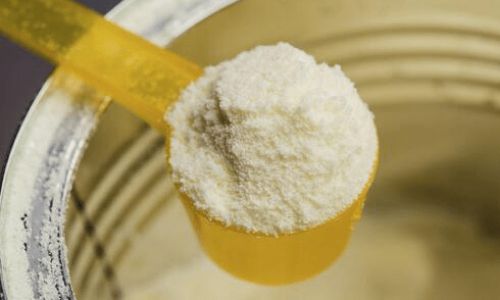
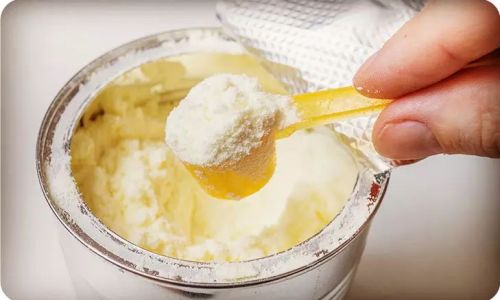
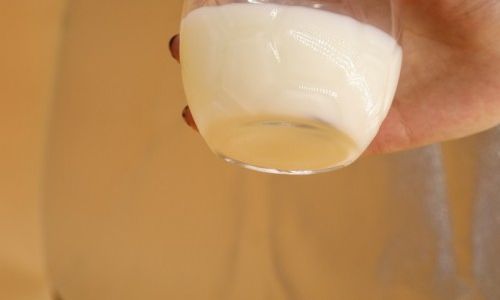
0 comments